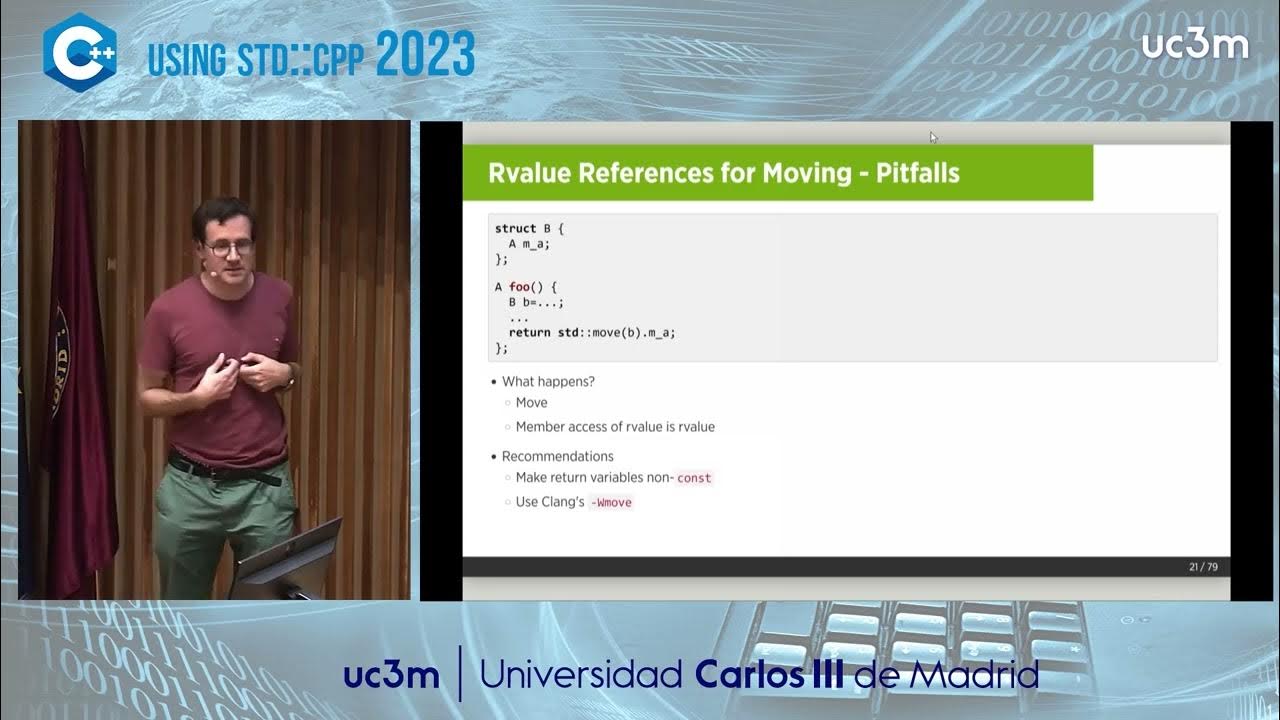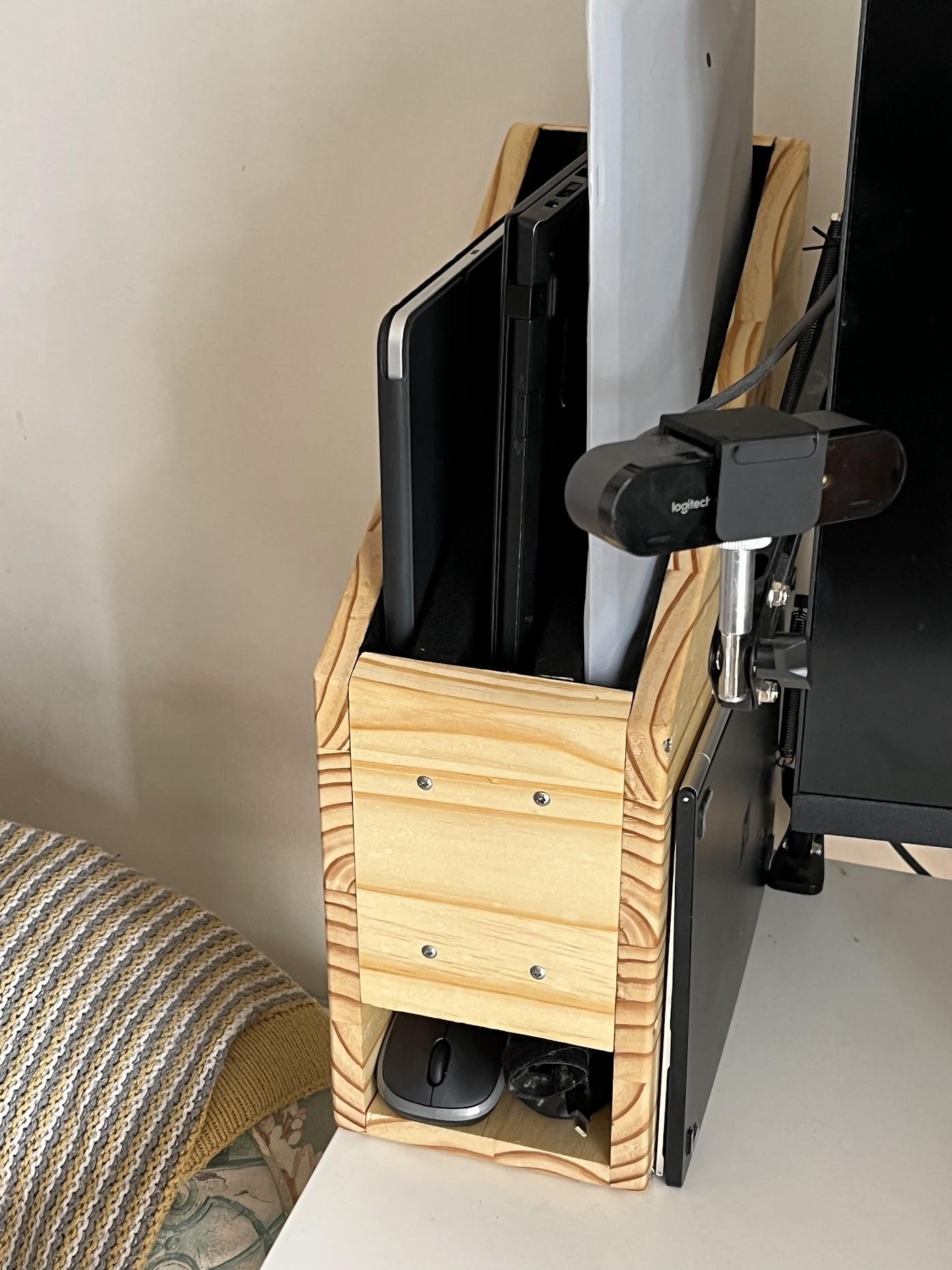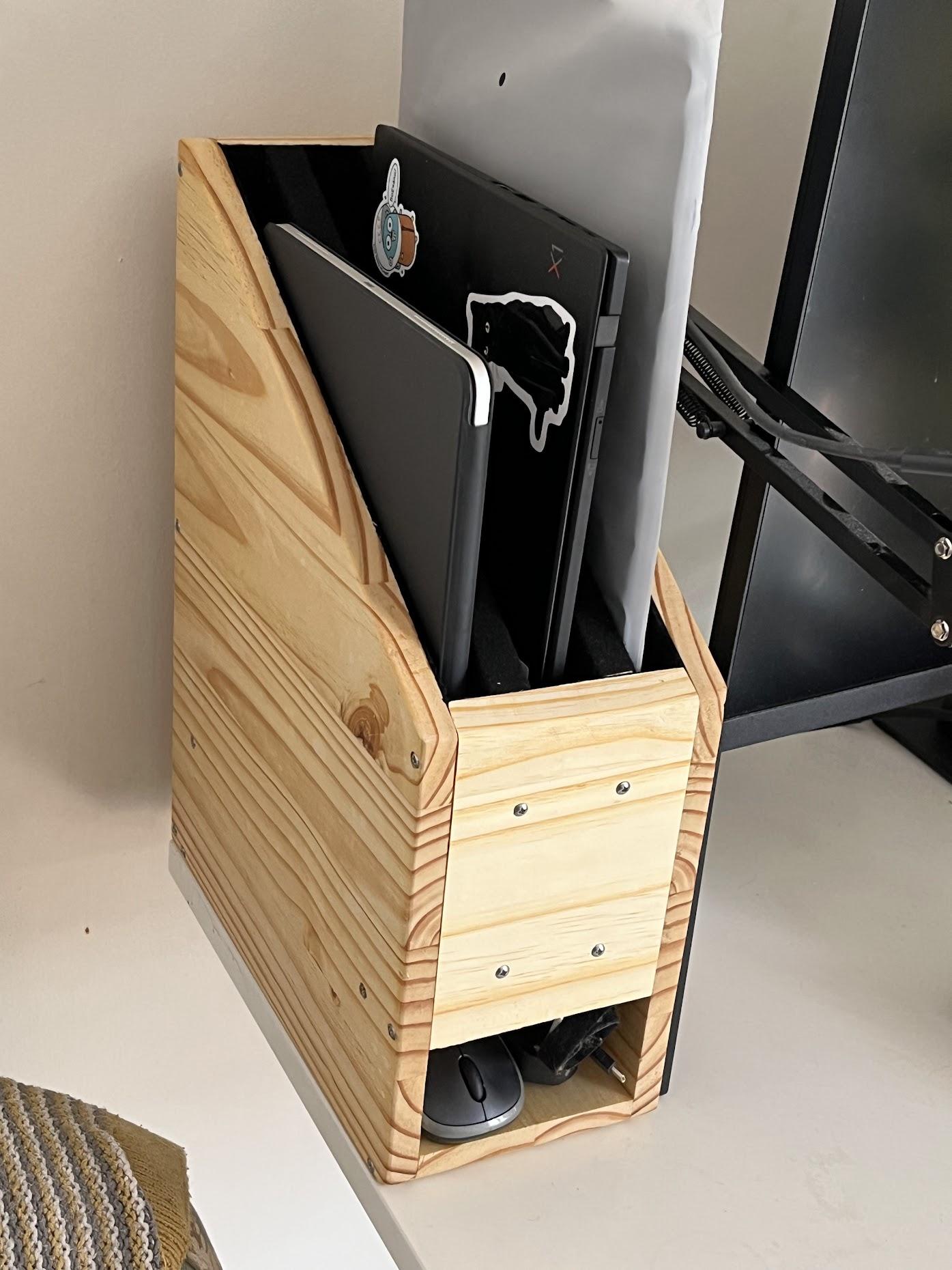Do I know anyone who has changed their name by deed poll in the UK while having only a BRP/ILR (not citizenship) and a foreign passport where name cannot be changed?
Please RT for reach!
How do you spot an idiot? Look for the person who is cruel. The kindest person in the room is often the smartest...
i support the lgtm community and approve their changes
«invalid credit card exasperation date»
@niconiconi @whitequark Sufficiently advanced debugging is indistinguishable from side-channel attacks.
If you work for any size of a company and don't have a full and frank appreciation of your own values and desires, your employer will be happy to supply some for you.
It is ridiculous how “agile” means “mandatory synchronous reading out loud microblog posts that nobody did write in advance”.
Should’ve stopped with just the “microblog” part.
Best shitpost I've seen in a long while https://github.com/TodePond/DreamBerd
One of the most irritating plot tropes (often seen in video games, but not exclusive to them) is "resetting" the character in the middle of the story, taking away their tools, capabilities and everything else just to slowly give them back.
It is irritating because I already went through the "build up" phase in the early game and I don't really enjoy fighting mid-game bosses with a teaspoon.
Sure, it can be a dramatic plot twist, but after being used so many times it kind of loses its wow-effect.
My parents were worried that if I got into gaming I wouldn't do important stuff like studying. So they encouraged reading books instead. I got into gaming anyway eventually, but let me tell you, no video game ever caused me to ignore my responsibilities as much as some of the books have.
Hard drive seeds have sprouted. They should add a platter every few weeks, and the outer shell usually forms by late September.
in-depth explanation of distributed systems
in-depth explanation of distributed systems
the computers talk to each other and it causes problems
And whose fault is that?
Who needs dragon poker if we have C++ to play with.
Who needs dragon poker if we have C++ to play with.
 Mastodon monoculture problem
Mastodon monoculture problem


> »I believe we need to learn from this history. Once we do, we should be worried about the sheer size of mastodon.social. We should be worried by the apparent monoculture of Mastodon-the-software on the Fediverse. And we should also be worried about identifying all of Fediverse with just “Mastodon”.«
Read it all:
🔗 https://rys.io/en/168.html
/cc [ #Mastodon | #fediverse | #monoculture ]
1. Home VPN (https://homevpn.org). Пользуюсь каждый месяц, чтобы платить родителям за квартиры в Нске, ибо местный провайдер после начала войны заблокировал все не-российские IP. Особо горд, что это проект ребят из Вастрик.Клуба и они раздали всем промики на много минут :3
Can anyone recommend a mind-mapping application with the following features (in the order of importance):
-
Available on mobile and desktop, with sync (not necessarily their own cloud, via Dropbox or Google Drive is fine).
-
Open source.
-
Ability to attach files (images, pdfs, so on).
-
Full text search.
Finally, finished my second woodworking project, this time it’s a stand for various tablet-like electronics. Three slots are sized for a drawing tablet, a laptop and an iPad, lined with felt to avoid scratching screen surfaces.
Some lessons learned:
-
Making straight, precise cuts is hard without a table saw, especially angled ones. Electric jigsaw was better than a handsaw, but still required a lot of post-processing with sandpaper to make different parts line up.
-
Internet was right saying that using hand plain against the grain is a bad idea. I caused a lot of chipping at the edges that way.
-
Internet was also right saying that hardwood is better for this type of project. Pine chips and dents very easily. I took a lot of care to avoid that and even so there are quite a few, if you know where to look. I used pine because that was the only thing I could pick up in a nearby store, but for the next time it might be worth going somewhere with a better choice.
-
On a related note, 18mm thickness is really overkill for this purpose. It made the stand bulkier and heavier than it needs to be. I think something like 6mm plywood would’ve been much more appropriate.
-
Drill + sanding drum turned out to be the best low-cost option for making things line up. Previously I tried orbital sander for that, but it really wasn’t good for removing any significant amount of material.
-
Hi-Tack Fast tack glue worked really well for sticking felt to wood. It grabbed felt pretty well, but didn’t penetrate deep enough to make it hard or scratchy.
-
I should look into better ways of joining the parts together. I kinda brute-forced my way with a lot of screws, but that’s not as elegant as I would like it to be.
-
CAD drawing really helped to visualize and tweak the shape before committing to it.
-
A laser printer is a heaven’s gift. Being able to print the part templates from the CAD made things soooo much easier.
All that said, I’m quite pleased with myself. Here’s the CAD model if anyone’s interested.
Happy International Pallas Cat Day to all who celebrate!

 Nevkontakte
Nevkontakte






















